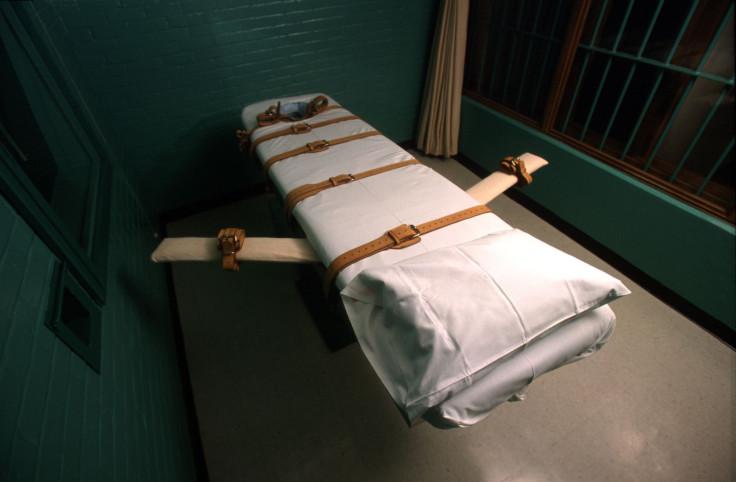'Texas 7' Patrick Murphy's Execution Halted, Buddhist Priest Request Granted

The execution of Patrick Murphy, one of the members of “Texas 7” gang, who was on death row for the fatal shooting of a Dallas police officer was halted by the Supreme Court, Thursday, after his attorneys argued that a Buddhist adviser must be present when he was being administered the lethal injection.
The court’s decision came about two hours after the prisoner was scheduled to get executed. During his incarceration, Murphy became a Buddhist almost 10 years ago. The state of Texas had blocked Rev. Hui-Yong Shih, a Buddhist priest requested by the convict’s team, from being present in the death chamber, which led Murphy’s lawyers to argue that the move was in violation of their client’s First Amendment right to religious freedom.
One of the Supreme Court judges who spoke out overwhelmingly in favor of Murphy’s religious right was Justice Brett Kavanaugh. He opined that since a Christian or Muslim inmate in Texas’ prison system was allowed to have their respective spiritual advisers present in the execution room, other religions should be allowed similar freedom. However, the state allowed inmates of other religious denominations to have their advisers present only in the viewing room and not in the execution room.
“As this Court has repeatedly held, governmental discrimination against religion–in particular, discrimination against religious persons, religious organizations, and religious speech–violates the Constitution,” he wrote in his ruling Thursday night. “The government may not discriminate against religion generally or against particular religious denominations. What the State may not do, in my view, is allow Christian or Muslim inmates but not Buddhist inmates to have a religious adviser of their religion in the execution room.”
The Texas Attorney General’s office had countered, saying Murphy was allowed to meet with his spiritual adviser for 40 minutes before his scheduled execution and officials were willing to allow the reverend to view the execution.
The latest ruling by the Supreme Court will be reviewed by the state before an apt response can be drafted, Texas Department of Criminal Justice spokesman Jeremy Desel said. He added that in the meantime, Murphy would return to the Polunsky Unit, about 45 miles to the east of the Huntsville Unit prison where executions were carried out. The Polunsky Unit is where the death row inmates are kept, National Post reported.
Murphy was convicted for the murder of Irving Police Officer Aubrey Hawkins after he and six other criminals broke out of a South Texas prison on Christmas Eve 2000. They donned fake security guard uniforms and were robbing a sporting goods store when they were confronted by Hawkins. Murphy was in a getaway car in front of the store when his comrades shot the officer 11 times.
His lawyers have since argued that Murphy should not be executed because he was not one of the people who shot the police officer. The inmate also had the same opinion when he was interviewed by CBS DFW a day before his scheduled execution.
"I'm not challenging the guilt of the crime,” Murphy said from inside the prison. “My role was basically really to be the getaway driver. I didn't even realize shots had been fired for probably 10 or 15 minutes. I'm sorry. I regret what occurred. I don't think sentencing and culpability about law of parties is about justice. I think it's about vengeance.”
At the time he said he thought a last-minute Supreme Court stay of execution is “very, very slim.” When he was informed of the final ruling on the reprieve, he reportedly smiled from a holding cell – located a few feet away from the death chamber – saying, “I knew there was a thin thread of possibility.”
© Copyright IBTimes 2024. All rights reserved.





















